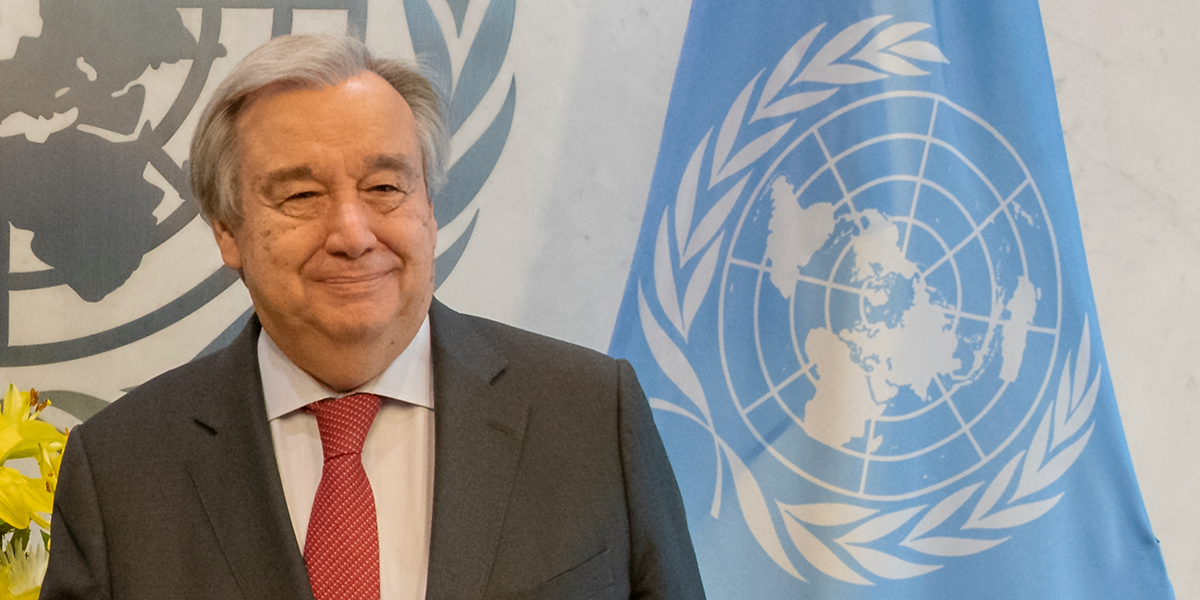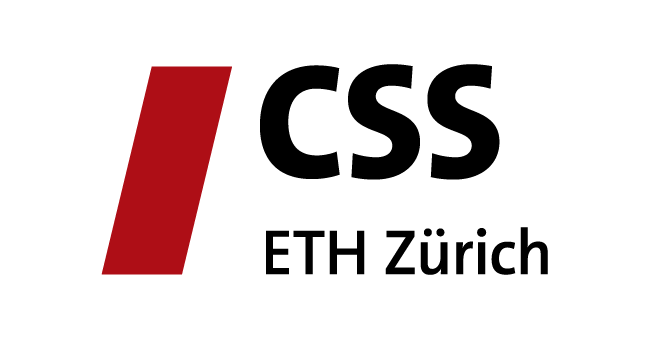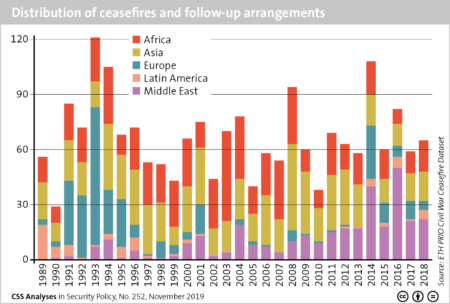 Image courtesy of U.S. Department of State/Flickr.
Image courtesy of U.S. Department of State/Flickr.
This blog belongs to the CSS’ coronavirus blog series, which forms a part of the center’s analysis of the security policy implications of the coronavirus crisis. See the CSS special theme page on the coronavirus for more.
This article is a slightly adapted version of a piece originally published by The Washington Post’s Monkey Cage blog on 13 April 2020.
U.N. Secretary General Antonio Guterres made an unprecedented appeal on March 23 for “an immediate global ceasefire” to facilitate humanitarian access to the populations most vulnerable to the spread of covid-19. This was the first global ceasefire request in the 75-year history of the United Nations.




